Building of the Day: Hospital Road
Brooklyn, one building at a time. Name: Hospital at the Brooklyn Navy Yard Address: Hospital Road Cross Streets: Squib Place and Oman Road Neighborhood: Navy Yard/Vinegar Hill Year Built: Begun 1830, completed 1838 Architectural Style: Greek Revival Architect: Martin E. Thompson Landmarked: Yes, an individual landmark (1965) The story: In the early years of the Landmarks…
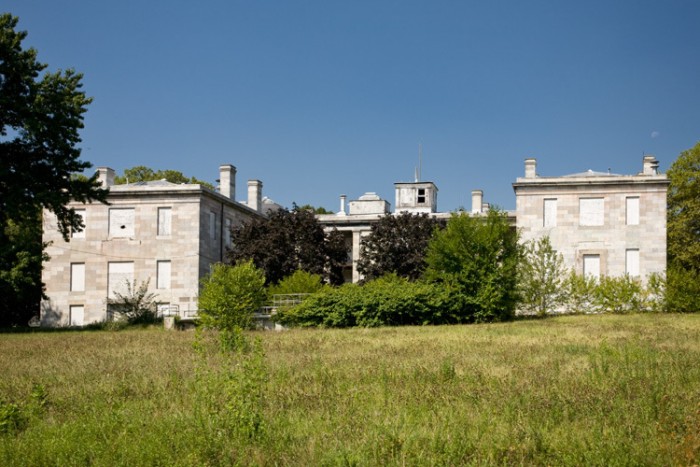

Brooklyn, one building at a time.
Name: Hospital at the Brooklyn Navy Yard
Address: Hospital Road
Cross Streets: Squib Place and Oman Road
Neighborhood: Navy Yard/Vinegar Hill
Year Built: Begun 1830, completed 1838
Architectural Style: Greek Revival
Architect: Martin E. Thompson
Landmarked: Yes, an individual landmark (1965)
The story: In the early years of the Landmarks Preservation Commission, they leaped from the gates, as soon as the landmarks laws were passed, landmarking many of the city’s architectural treasures before they were destroyed in the city’s usual rush to replace and rebuild. The Hospital building at the Brooklyn Navy Yard was one of the first individual landmarks to be designated, cited by the Commission in the first year of the LPC’s existence. And what a choice, this is one of the city’s oldest and best military buildings.
The docks and piers, plus forty acres of land that initially made up the Navy Yard were purchased by the government in 1801, and the site became an active Navy shipyard in 1806 The Yard was active during the War of 1812, and began building and repairing ships early in its history. The USS Ohio was the first ship built by the Yard. In 1820, slave trading was declared piracy, and Navy Yard vessels patrolled the coast of West Africa, working to blockade slave ships. They continued to do this until 1861. By 1830, when the hospital was begun, the Navy Yard, under the command of Commodore Matthew C. Perry, was becoming an important educational and training facility, the precursor of the U.S. Naval Academy in Annapolis.
The Naval Yard Hospital is a solid and strong, but simple Greek Revival building, built of white Tuckahoe marble, supposedly quarried by prisoners at Sing Sing. It was well put together, a masterful example of the stone crafter’s art. The building is in an “E” shape, with the longest wall inset with a recessed portico with eight square, 2 story columns of stone in the classical style. It’s a handsome building, which has survived, virtually intact on the exterior, and still quite fixable on the inside.
The hospital didn’t get real use until the Civil War, when the wounded of the war were brought back to the Navy Yard for surgery and rehabilitation. In those days, amputation was more often than not the treatment for severe limb injuries, but fortunately, a young Naval Surgeon named E. R. Squibb had perfected the use of anesthetic ether at the hospital, before leaving to found his own drug company in 1857. He supplied the Union forces with most of their medical needs for the duration of the war.
The Naval Hospital was equally as busy during later wars, including the Spanish American War, World War I, and World War II. There are a lot of photographs in various archives showing sailors with amputations getting treatment, artificial limbs and rehabilitation at the hospital. It was finally decommissioned in 1948, and remained unused and empty until the 21st century. Steiner Studios, the largest tenant in the new commercial Naval Yard, wants to turn the hospital and adjacent buildings, into a media, technology and film hub. According to the NY Times, ”the project, which would cost nearly $400 million and take 12 years to build, would use the nine historical buildings on the site and create five new structures for a total of 328,000 square feet, housing media companies and academic programs. There would also be 100,000 square feet of new stages for film and TV, including the first underwater stage in the country and the first back lot on the East Coast to feature a New York City streetscape.” Check out a great photo essay of the empty hospital now, by The Kingston Lounge. Cool. GMAP
(Photo: Kingston Lounge)

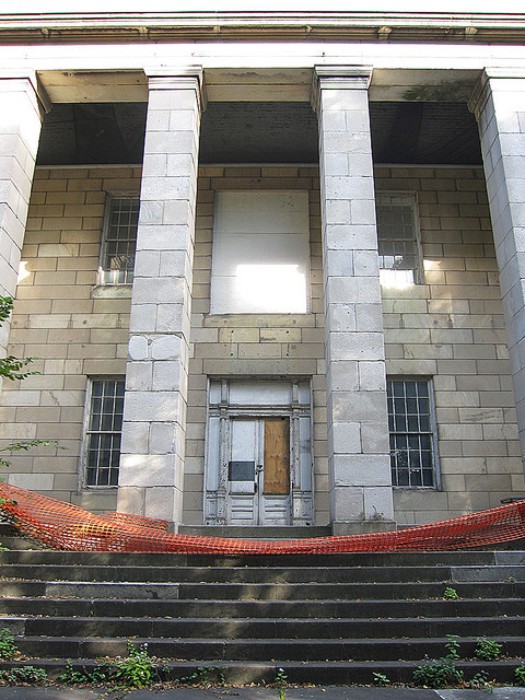
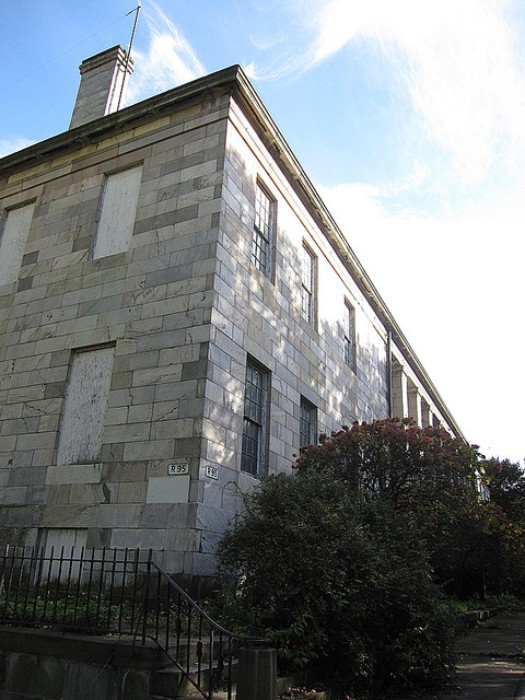

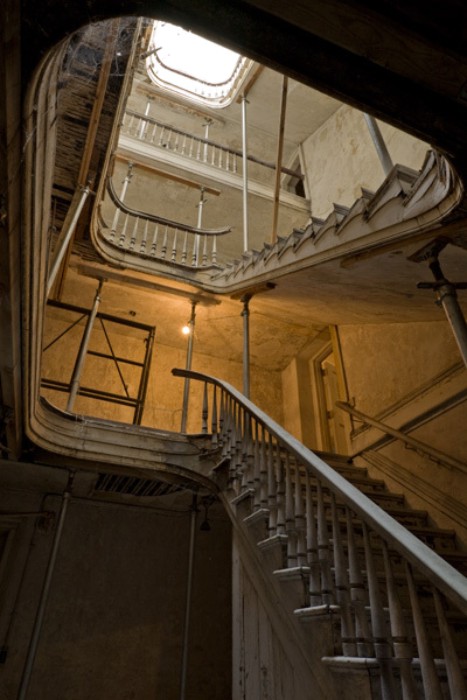
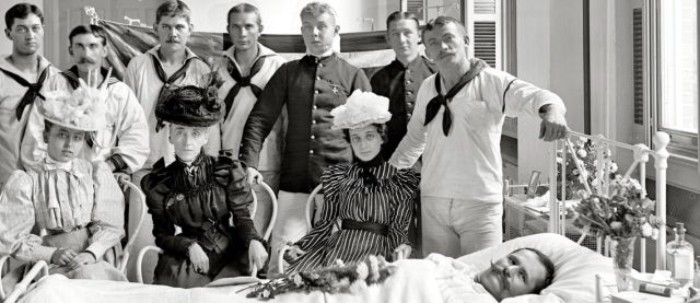
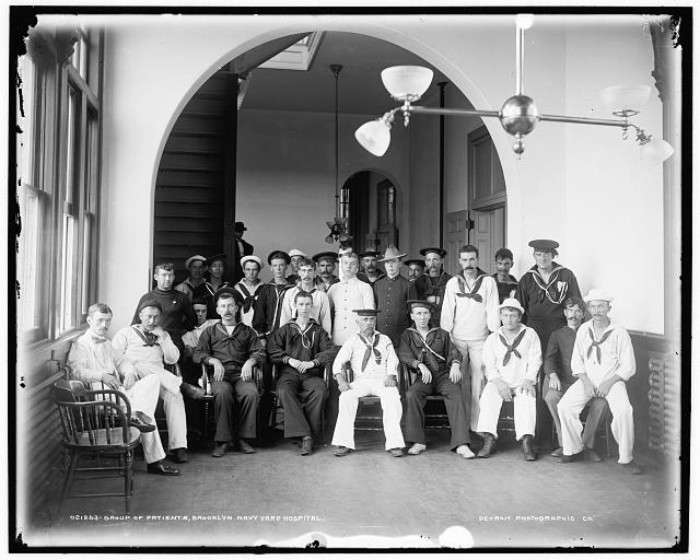









What's Your Take? Leave a Comment